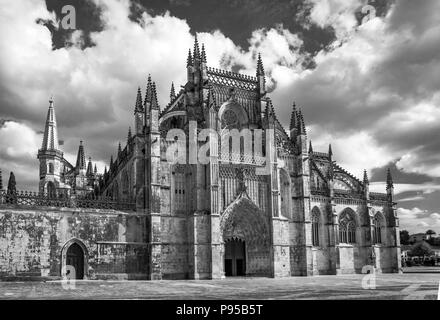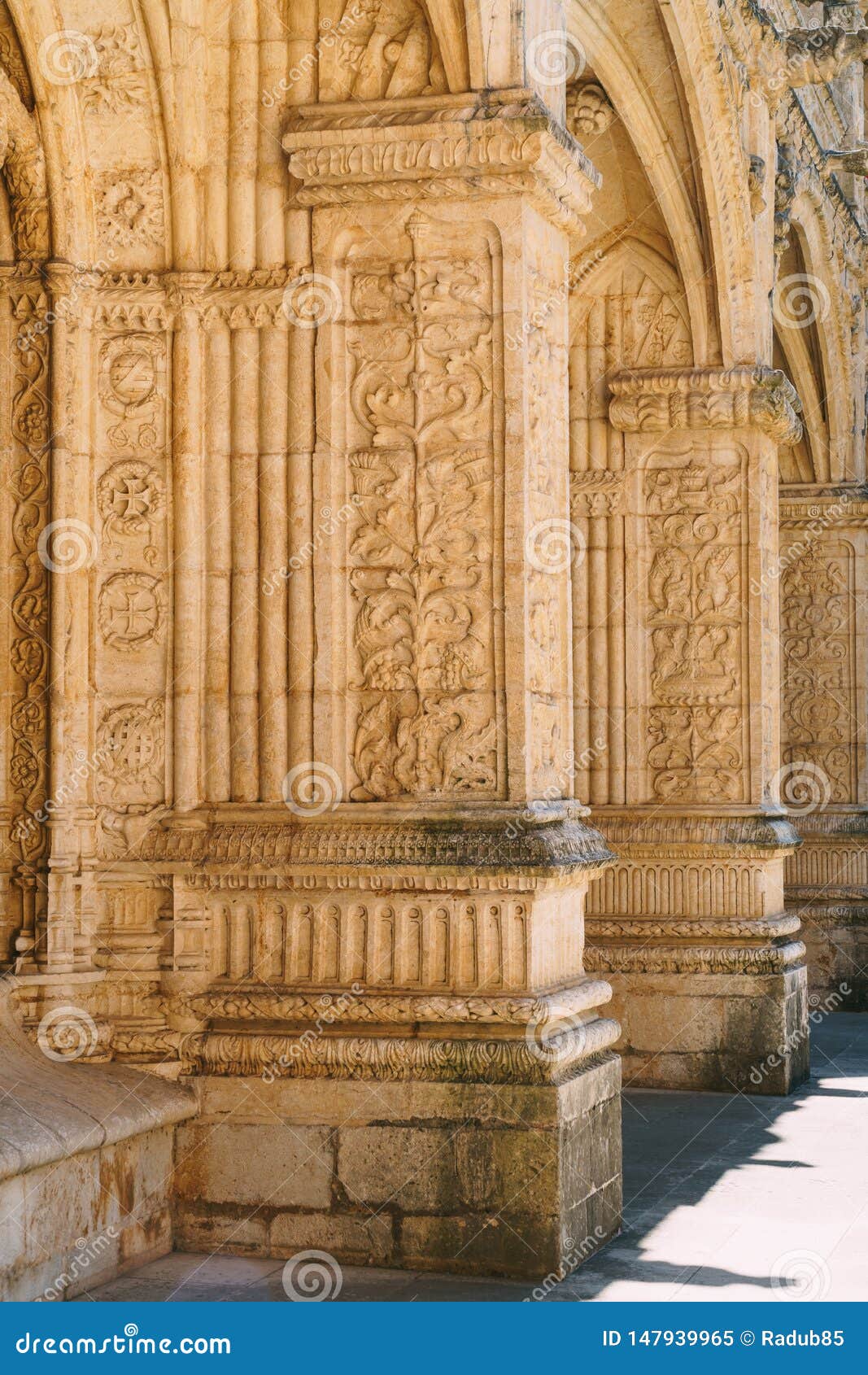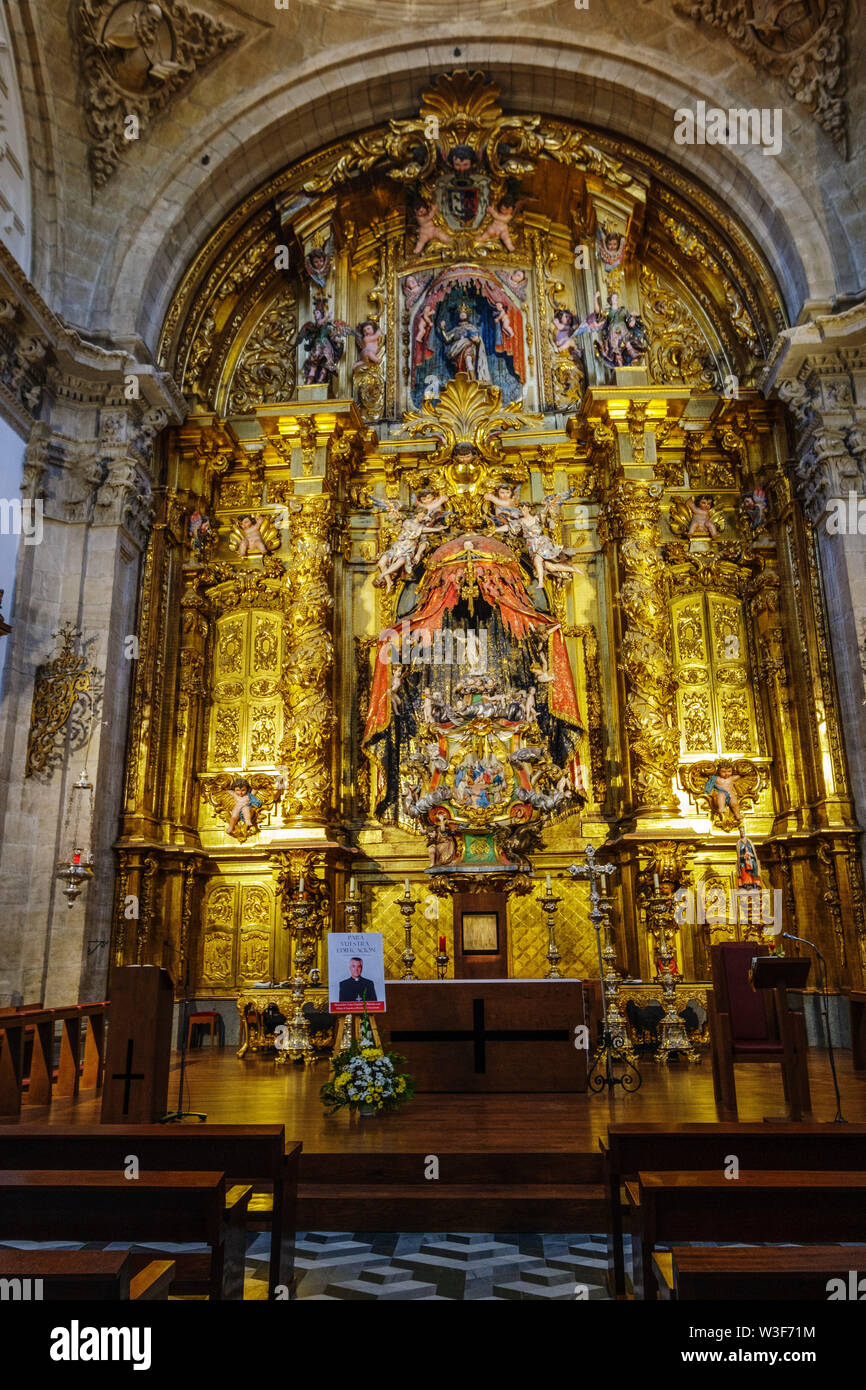A Design Lovers Guide To Lisbon Architectural Digest
Gothic architecture arrives in portugal gothic architecture arrived in portugal at the end of the twelfth century, largely due to the cistercians, a religious order whose members lived and. The manueline (portuguese: estilo manuelino, ipa: [ɨʃˈtilu mɐnweˈɫinu]), occasionally known as portuguese late gothic, is the sumptuous, composite portuguese architectural style originating in the 16th century, during the portuguese renaissance and age of discoveries. manueline architecture incorporates maritime elements and representations of the discoveries brought from the voyages of.

The neo-manueline style, a revival style of late 16th century portuguese late gothic manueline, was the primary architectural expression of romanticism in portugal, owing to its highly nationalistic characteristics and history, which flourished from the middle of the 19th century to the beginning of the 20th in portugal and brazil, and to a lesser extent other parts of the lusofonia (portuguese speaking world). Some of the more well-known and notable gothic buildings and gothic style house include the notre-dame de paris (1345 ce), westminster abbey (1245 ce), chartres cathedral (12-13th century), milan. Portuguese gothic architecture is the architectural style prevalent in portugal in the late middle ages. as in other parts of europe, gothic style slowly replaced romanesque architecture in the period between the late 12th and the 13th century. between the late 15th and early 16th century, gothic was replaced by renaissance architecture through an intermediate style called manueline. central aisle of the church of alcobaça monastery.
Gothic Architecture And Similar Art Movements Frankensaurus Com
Late Gothic Art Britannica
Manueline Wikipedia
Portuguese gothic architecture is architectural style known as portuguese late gothic the architectural style prevalent in portugal in the late middle ages. as in other parts of europe, gothic style slowly replaced romanesque architecture in the period between the late 12th and the 13th century. The tower was built from limestone local to the area, and its rib-vaulting, crosses, and twisted sailors’ rope designs all make it emblematic of portuguese late gothic manueline style; arched. Traditional architecture is distinctive and include the manueline, also known as portuguese late gothic a sumptuous, composite portuguese style of architectural ornamentation of the first decades of the 16th century.
Manueline, portuguese manuelino, particularly rich and lavish style of architectural ornamentation indigenous to portugal in the early 16th century. although the architectural style known as portuguese late gothic manueline style actually continued for some time after the death of manuel i (reigned 1495–1521), it is the prosperity of his reign that the style celebrates. Portuguese gothic architecture is the architectural style prevalent in portugal in the late middle ages. as in other parts of europe, gothic style slowly replaced romanesque architecture in the period between the late 12th and the 13th century. between the late 15th and early 16th century, gothic was replaced by renaissance architecture through an intermediate style called manueline.

The late era of gothic architecture is known as “flamboyant gothic” architecture, getting its name from the widespread use of a flamelike, s-shaped curve within the stone window tracery. flamboyant gothic architecture was even more decorative than that of royannant. Late stage of gothic architectural style of the fifteenth and sixteenth centuries, characterized by wavy, flamelike tracery and elaborate decoration. rayonnant gothic the high gothis architectural style on the mid 13th century, noted for its radiating tracery patterns and liberal use of tained glass. The gothic art movement in medieval europe began almost exclusively as a manifestation of religious painting, sculpture and architecture in the 12th century. growing out of the sturdy, somewhat crude representations of the romanesque style, the gothic art movement strove, by its late period in the 14th and 15th centuries, to liberate painted. This monastery, built in portuguese late gothic style architecture called manueline architecture, was classified as a world heritage monument by unesco. convento da madre de deus: another destination to witness this innovative style of architecture in lisbon. convento da madre de deus is a tile museum in lisbon known as museu dos azulejos. on.

More architectural style known as portuguese late gothic images. find houses, shops and public buildings which show architectural styles from almost every era there are still vestiges of the roman occupation, as well as a palace, an opera house and in paris or berlin that’s a shame as dutch cities offer history, architectural charm and delicious architectural style known as portuguese late gothic food yes, dear reader, that statement isn’t an affectation of a rampant auto-correction error the hague is a refined and beautiful city with a wealth of high-end dining options one can eat relatively cheaply on local specialities but there is also a style of dining that one is unlikely to find This can also be called portuguese’s late gothic architecture, and was the style of incorporating maritime symbols of discoveries into the building’s themselves. prior to the construction of the tower, francisco was responsible for the creation of portugal’s fortresses in morocco. The major elements of manueline style architecture are related to the sea, because the sea trade used to be one of the most important sources of income for portugal in the 16 th century. sea related maritime elements in the portuguese late gothic style architecture are a common site; you will find moldings resembled with corals and most of the carvings are covered with sea weeds and algae in carved forms.
Manueline is the style that marks the portuguese artistic and architectural shift away from the late gothic during the reign of king manuel i (1469-1521). although a period of great controversy for art historians, manueline architecture is a vivid ornamental reflection in portuguese architecture from the days of the great sea expeditions and. …architecture in portugal under king manuel the fortunate (1495–1521). the fantastic nature of much late gothic iberian architecture has won for it the name plateresque, meaning that it is like silversmith’s work. the decorative elements used were extremely heterogeneous, and arabic or mudéjar forms emanating from the south were popular.. Gothicarchitecture is a european style of masonry that values height, intricacy, sizable windows, and exaggerated arches. in the 12th century, advancements in engineering allowed for increasingly colossal buildings, and the style’s signature vaulting, buttresses, and pointed building tops paved way for taller structures that still retained natural light.
The manueline, occasionally known as portuguese late gothic, is the sumptuous, composite portuguese architectural style originating in the 16th century, during the portuguese renaissance and age of discoveries. manueline architecture incorporates maritime elements and representations of the discoveries brought from the voyages of vasco da gama and pedro Álvares cabral. this innovative style synthesizes aspects of late gothic flamboyant architecture with original motifs and influences of the. This monastery, built in portuguese late gothic style architecture called manueline architecture, was classified as a world heritage monument by unesco. convento da madre de deus: another destination to witness this innovative style of architecture in lisbon. convento da madre de deus is a tile museum in lisbon known as museu dos azulejos. Traditional architecture is distinctive and include the manueline, also known as portuguese late gothic a sumptuous, composite portuguese style of architectural ornamentation of the first decades of the 16th century. portugal-wikipedia. The gothic grew out of the romanesque architectural style, when both prosperity and relative peace allowed for several centuries of cultural development and great building schemes. from roughly 1000 to 1400, several significant cathedrals and churches were built, particularly in britain and france, offering architects and masons a chance to.

The manueline style, or portuguese late gothic, is the flamboyant, composite portuguese style of architectural ornamentation of the first decades of the 16th century, incorporating maritime elements and representations of the discoveries brought from the voyages of vasco da gama and pedro Álvares cabral. towers of cáceres be cut down within the gothic buildings, guests find a wonderful array of architectural gems: stone arches and pillar, vaulted ceilings, iron railings curving up slender stone staircases, a magnificent mantelpiece and a courtyard with an original cistern used to collect rainwater decorative leftovers from former occupants, such as a 2nd century roman tombstone, a baroque coat